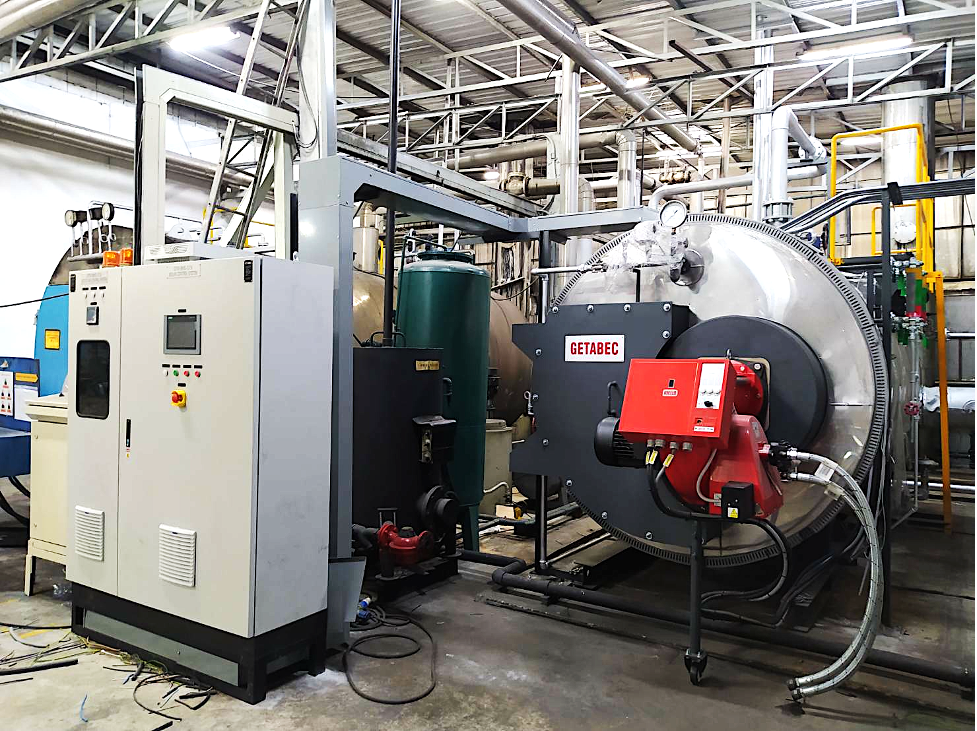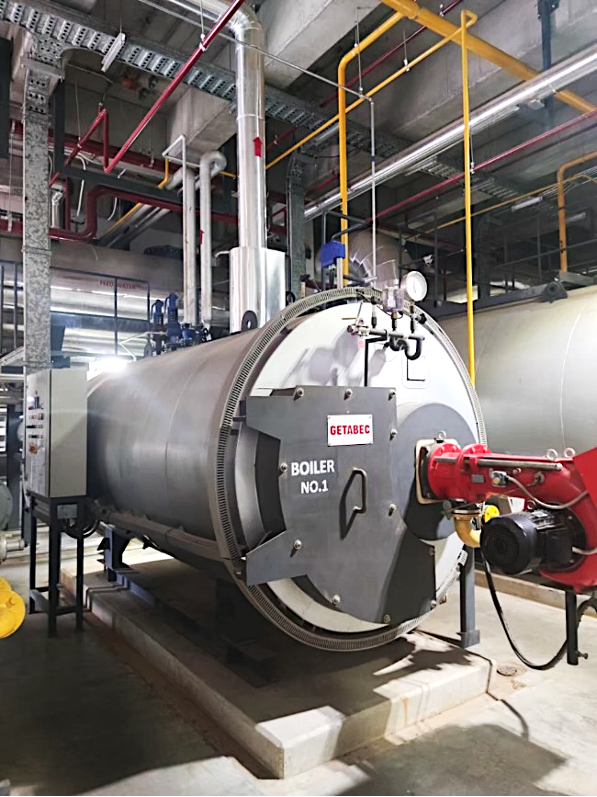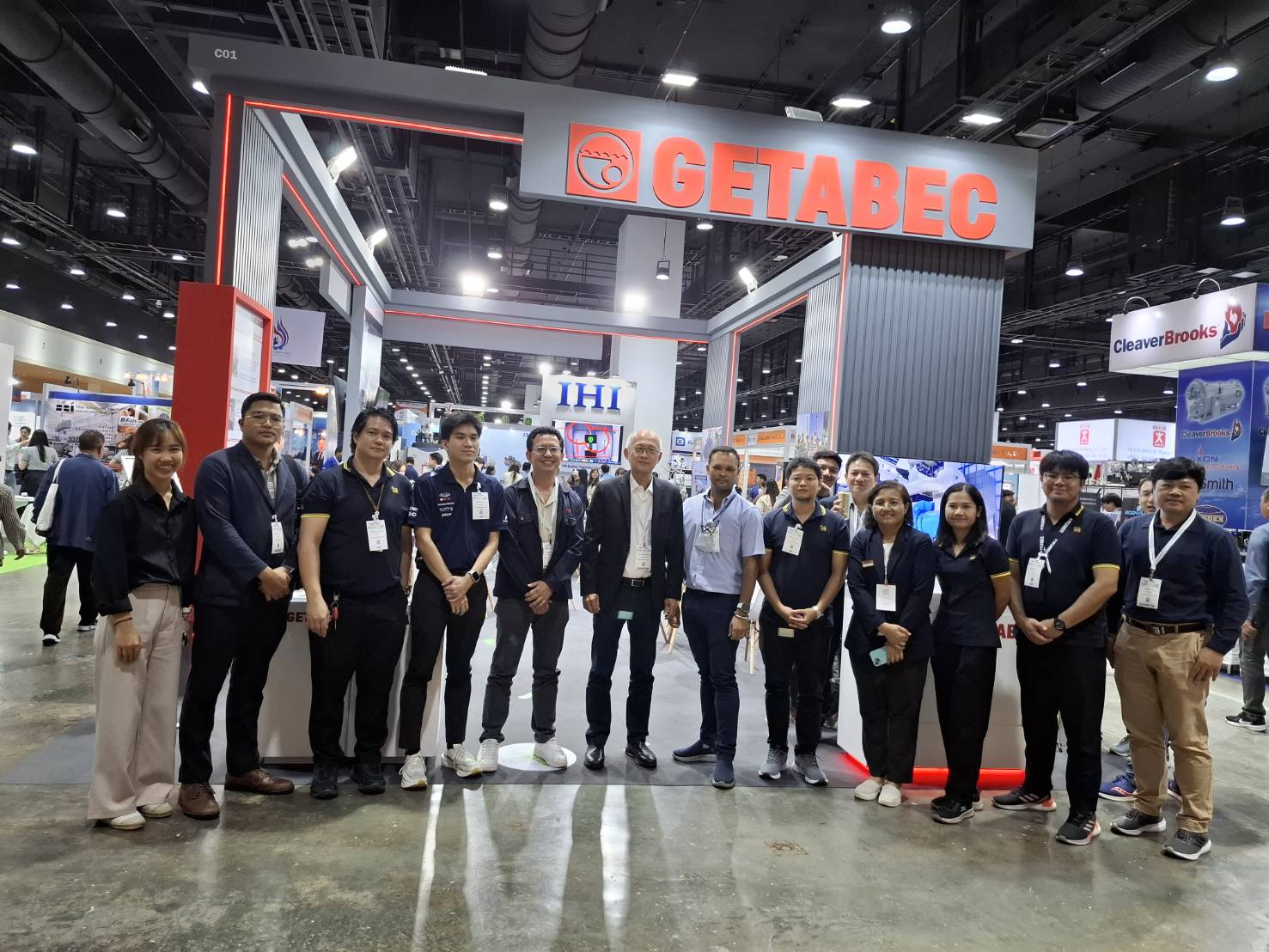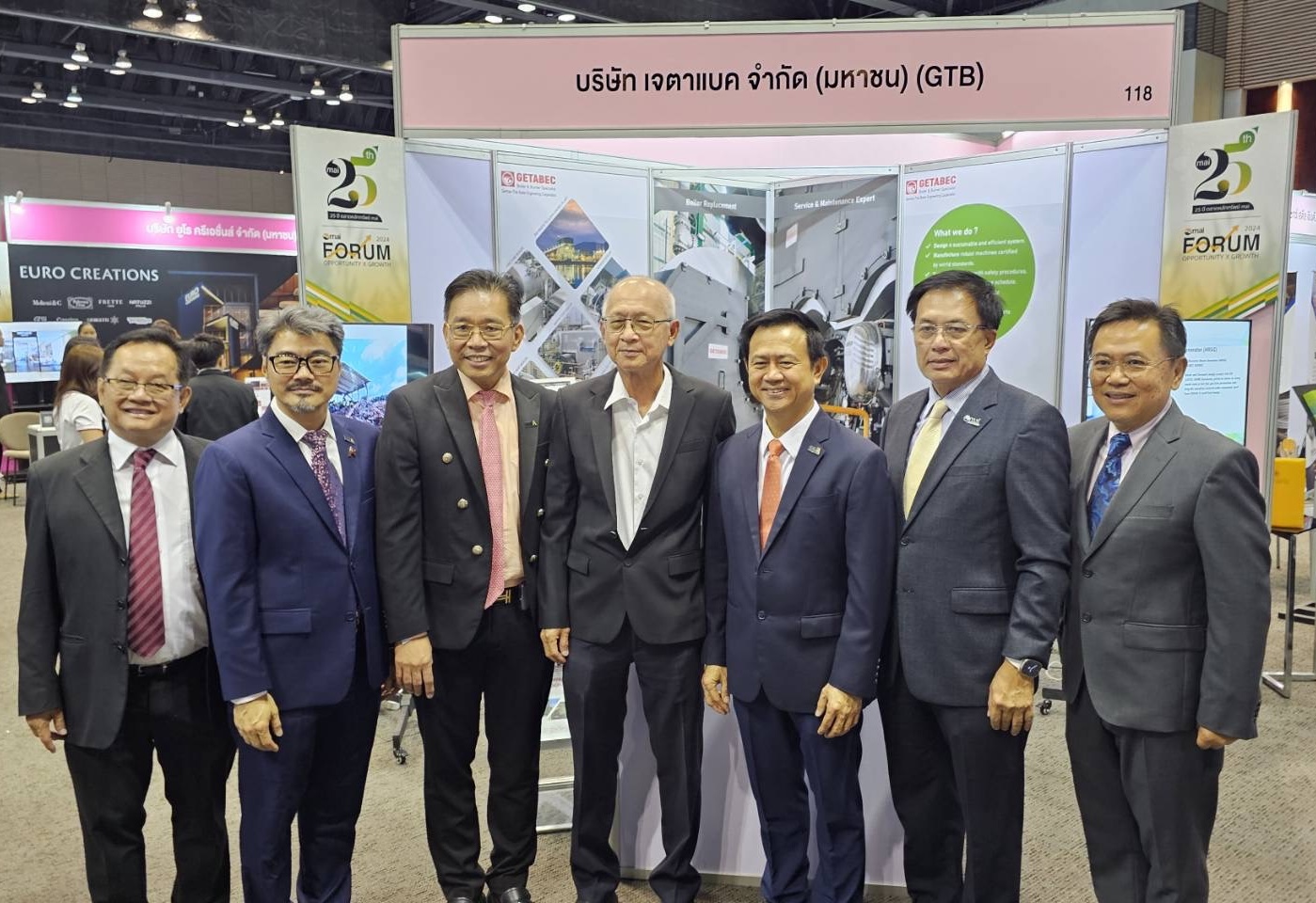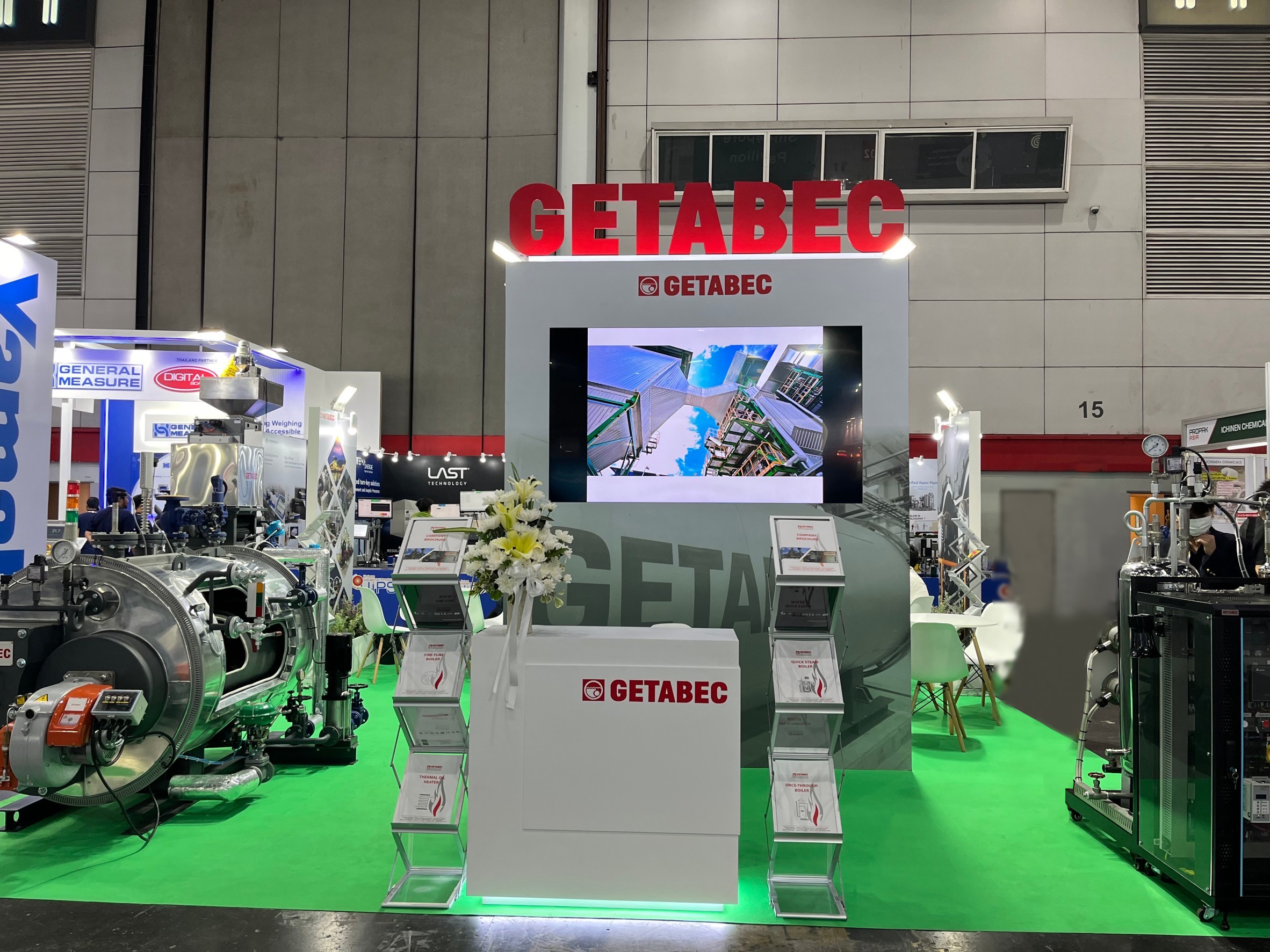Steam boilers have been used for a couple of centuries, and that’s because the steam generated has numerous different uses, in industries, commercially, and even at homes. The water used to create steam is first treated with various chemicals not to have adverse effects on the structure, like corrosion. Different fuels are burned to provide sufficient energy to convert the feedwater into steam having the required properties, such as pressure, saturated state, etc.
Classification of steam boilers can be accredited into various types depending on different characteristics. So, let’s tell you the different types of steam boilers there are and how are they classified:
Depending on what’s in the tube:
- Water tube:
In a water tube boiler, the small tubes have cold feed water flowing through them. Hot gases surround these tubes, and these gases carry the heat of combustion from the burning of the fuel. This heat is transferred from the hot gases to the cold water, which is turned into steam inside the tubes.
- Fire tube:
The fire tube is opposite to the water tube steam boilers. In the fire tube boiler, the hot gases are inside the small tubes, and the feedwater surrounds those small tubes. The heat from the small tubes is conducted to the water outside, whose temperature rises in return, and it is converted to steam. Fire tube boilers are usually compact in design as compared to water tube boilers.
Depending on the number of tubes:
- Single tube: In this type of steam boiler, only one small tube is used that carries the water to be heated or the hot gases depending on whether it is a water tube or fire tube steam boiler.
- Multiple tubes: As the name suggests, this type of steam boiler uses numerous small tubes that carry the required fluid inside. Having multiple tubes provides an added efficiency to the boiler system. With the fluid crossing each other many times, the overall heat transfer increases, and more steam can be generated without having any added costs of burning additional fuel.
Depending on the method of water flow:
- Natural circulation: In natural circulation, the water flows due to a change in density. As heat is transferred from the hot gases to the water, its temperature starts to rise. Now, the water temperature is different at different points in the boiler, and this difference creates a variation in water density since density is a function of temperature. The difference in density causes water to circulate due to the rise of convection currents. This process occurs naturally without any external force to drive the movement of water.
- Forced circulation: Some external element, such as a pump, is used to cause water circulation inside the boiler.
Depending on how the air is provided:
- Natural: The combustion process requires air for the burning of fuel. In this type of steam boiler, the design of the boiler is kept in a way, or some feature is added, like a chimney that provides a way for the air to flow through the required parts.
- Artificial: Artificial methods are used, such as fans, to provide airflow to the required area for proper fuel burning.
Depending on steam pressure:
- High Pressure: Different sources have different pressures above which the boiler can be considered a high-pressure one. But generally, a high-pressure steam boiler is the one that can operate on steam pressures above around 15 bars. These boilers need to be designed to withstand high pressures and not fail.
- Low Pressure: Low-pressure steam boilers are built to have their maximum operating pressure to be under around 15 bars. Any value above this can have severe effects on the boiler’s structure, and it may even explode due to the immense pressure build-up inside that it’s not manufactured for.
Depending on the source of heat: Heat is required to convert the water in the boiler into steam. This heat can be generated using many different ways.
Solid Fuels such as wood pellets, Cassava, and rice husk
Liquid Fuels like petroleum, diesel, and gasoline
Gaseous Fuels like the NG (Natural Gas), CNG (Compressed Natural Gas). LPG (Liquefied Petroleum Gas), and LNG (Liquefied Natural Gas)
Others: heat can also be generated using other methods such as electrical and nuclear
Classification of boilers can be done using many different ways since various attributes are to be considered when manufacturing one. So, you need to select the right type for your needs.
We at Getabec are the biggest steam boiler manufacturers in Thailand. Our workshops are accredited with international certifications, and we are one of the leading boilers and pressure vessels manufacturers in Asia! Let us know about your requirements, and we will provide you with the best steam boiler according to your needs.



